We all love Chesapeake Bay Fishing but there’s a huge diversity of Chesapeake Bay fish species to chase after and it can be tough choosing what to fish for on any given day. Catching fish takes a certain amount of know-how, and here at FishTalk we’ve been publishing how-to articles and creating how-to videos for over seven years. Whether you're a shoreline fisherman, you cast your lines from a fishing boat, or kayak fishing is your thing, rest assured that we've covered it. We created this fish species guide because at one point or another we’ve also covered just about all of the specific species you’re likely to encounter on the Bay. Creating a hub that could act like a sportfishing directory for Chesapeake anglers made a lot of sense, so consider this your starting point for catching more, bigger fish!
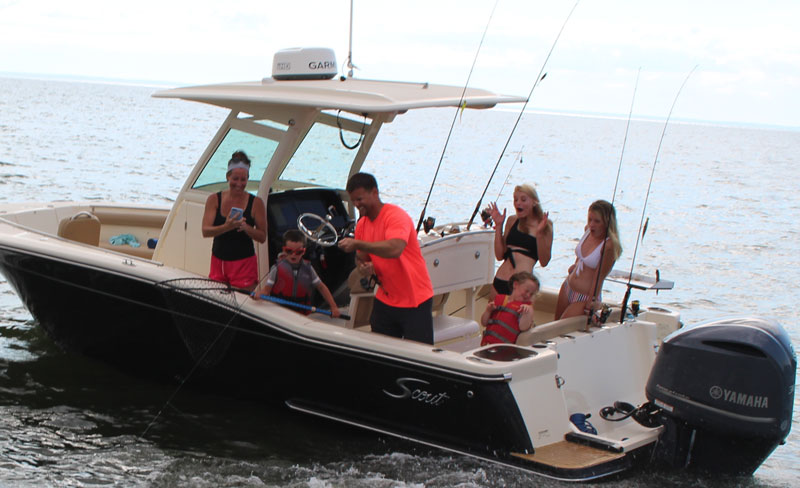
- Black Drum
- Black Sea Bass
- Blue Catfish
- Bluefish
- Carp
- Channel Catfish
- Cobia
- Crappie
- Croaker
- Cutlassfish aka Ribbonfish
- Flounder
- Kingfish
- Largemouth Bass
- Pickerel
- Red Drum
- Shad
- Sharks (Multiple Species)
- Sheepshead
- Snakehead
- Spanish Mackerel
- Speckled Sea Trout
- Spot
- Striped Bass aka Rockfish
- Sunfish
- Tautog
- Weakfish
- White Perch
- Yellow Perch
Black Drum
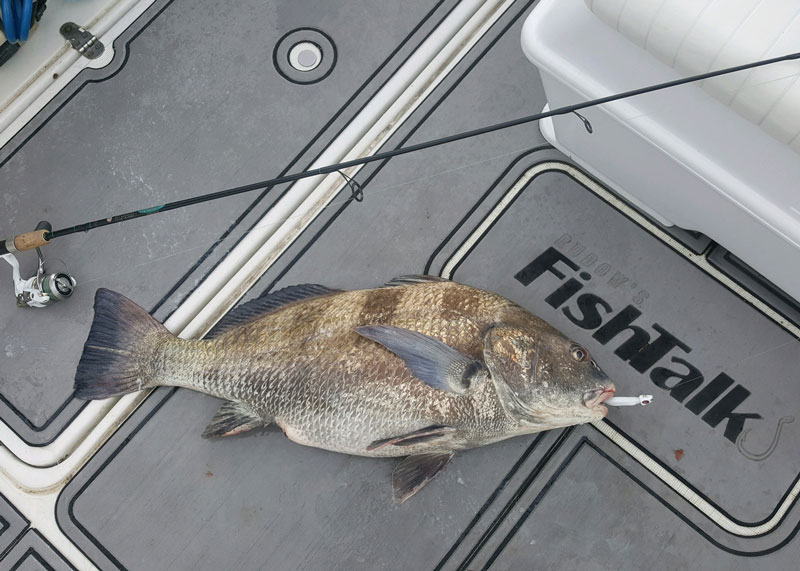
Black drum are some of the biggest fish you’ll encounter in the Chesapeake, and they can be found from the CBBT clear up to the Choptank River on a regular basis. On rare occasions, they’ve been found as far north as Love Point. How you fish for them differs by seasonality and location. These fish are fun to catch and smaller ones (under 20 or so pounds) are good to eat, but older, larger fish often have worms in their meat so most anglers release them.
Articles on How to Catch Black Drum
- Fishing for Beginners: How to Fish for Black Drum
- Lower Bay Black Drum
- Back in the Black: How to Fish for Black Drum
- How to Target Black Drum
- How to Fish for Black Drum: Advanced Tactics
- Spring Surf Fishing for Black Drum
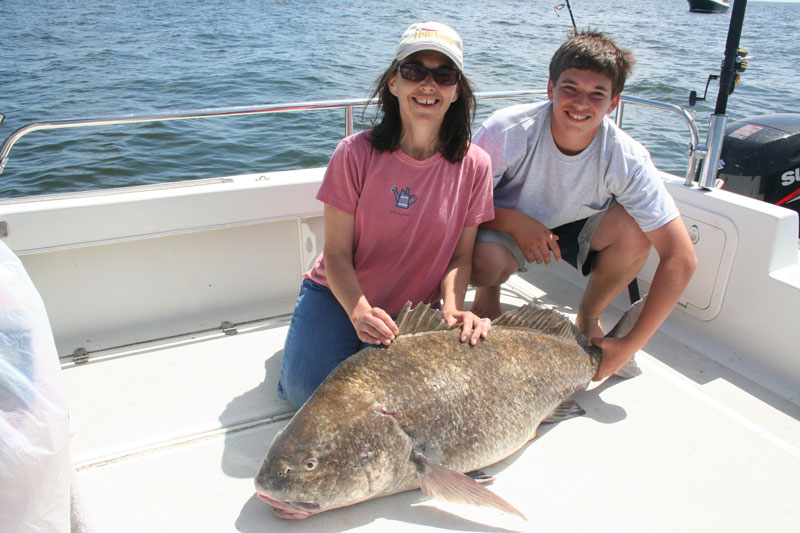
Black Sea Bass
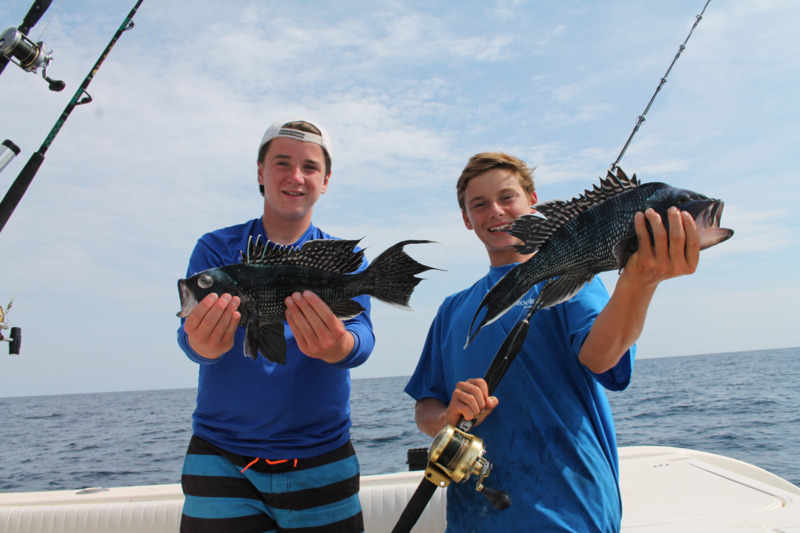
Black sea bass can be found throughout the Chesapeake waters up to about the Bay Bridge and on occasion even farther north, but as a rule the farther down the Bay you go the more you’ll find. Most inside the Chesapeake are on the small side and catching keeper-sized fish are the exception, not the rule. That said, sometimes a run of fish large enough for the cooler does take place, usually late in the fall after those juveniles have had some time to grow but haven’t yet moved out of the Bay for winter and transitioned to living in the ocean.
Articles and Videos on How to Catch Black Sea Bass in Chesapeake Bay
- Fishing for Beginners: How to Fish for Black Sea Bass
- Three Tactical Tips for Jigging Black Sea Bass
- Fishing for Sea Bass in the Chesapeake Bay
Blue Catfish
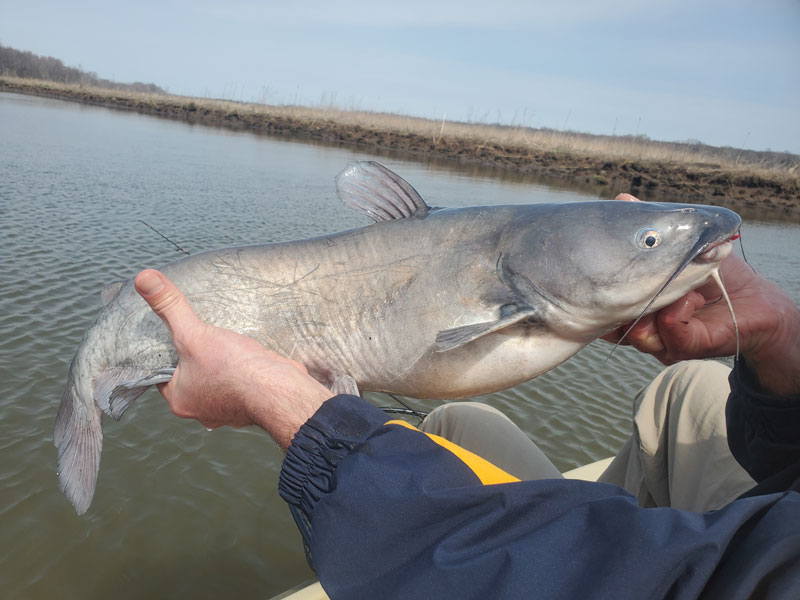
Blue catfish are an invasive species that has spread throughout the Bay’s tributaries and, north of the Magothy River, are commonly found in the main-stem Bay as well. These brutish fish can get rather huge (Virginia has recorded fish over 100 pounds) and while they are considered trophies in southern regions, Maryland encourages anglers to keep as many as possible to hopefully reduce their environmental impact. In any case, while nothing in fishing is a “sure thing,” fishing for blue cats is as close as it comes in many tributary waters.
Articles and Videos on How to Catch Blue Catfish in Chesapeake Bay
- Shoreline Trophy Blue Catfish on the Potomac
- Big Blue Catfish: Tank Battle
- Tidal Blue Catfish Behemoths
- Tidal River Blue Catfish
- Tactics for Monster Blue Catfish
- Kayak Fishing for Blue Catfish With… Lures?
Bluefish
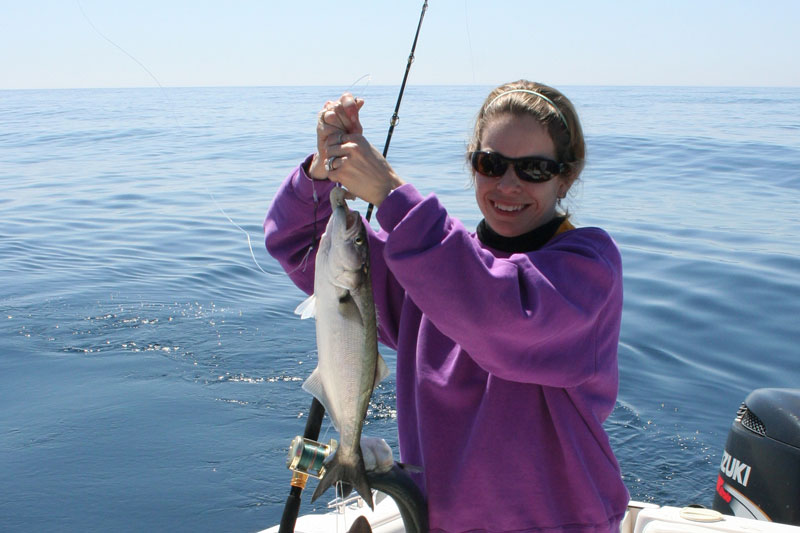
Bluefish are a Chesapeake Bay mainstay. They may be found just about anywhere in the Bay waters as long as there’s a bit of salinity though their numbers can vary quite a bit from one season to the next. Small ones are called snappers, medium-sized blues are tailors, and the big ones are called choppers. If you catch one, remember — watch out for those sharp teeth!
Articles and Videos on How to Catch Bluefish in Chesapeake Bay
- Fishing for Beginners: How to Fish for Bluefish
- 10 Tips for Catching More Summertime Blues
- Bluefish in the Chesapeake: You, My Yellow-Eyed Girl
- 5 Tactics to Catch More Bluefish
Carp
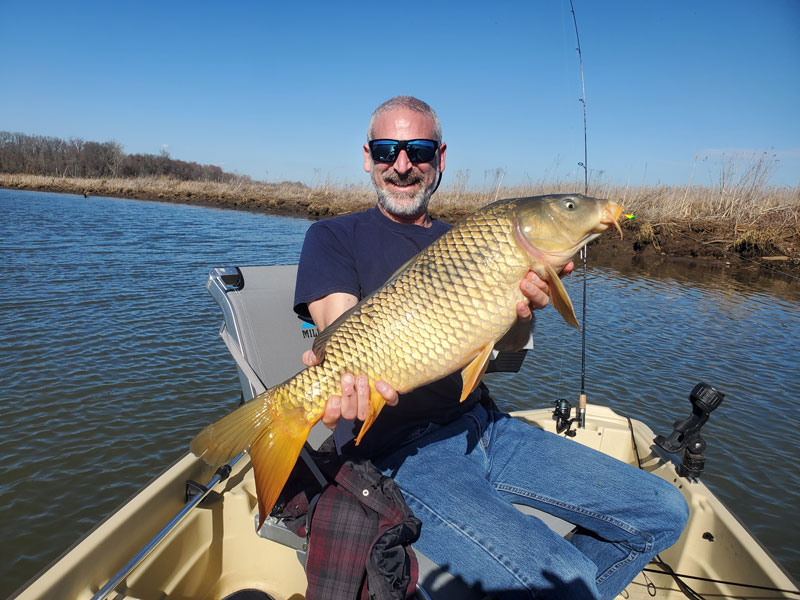
Carp may have a reputation as poor table fare, but they get big and they tug hard. They’re very plentiful in many of the tributaries with more fish found the lower the salinity gets. If you want to tangle with them, you’ll have to use very specific methods. Remember to gently release these fish as they aren't very good to eat.
Articles on How to Catch Carp in Chesapeake Bay
- Catching Carp in the Cold
- Laid Back Late Season Carp Fishing
- Fishing for Carp – Why Not?
- Pack Baiting for Carp
- Carp: Don’t Dis This Fish
Channel Catfish
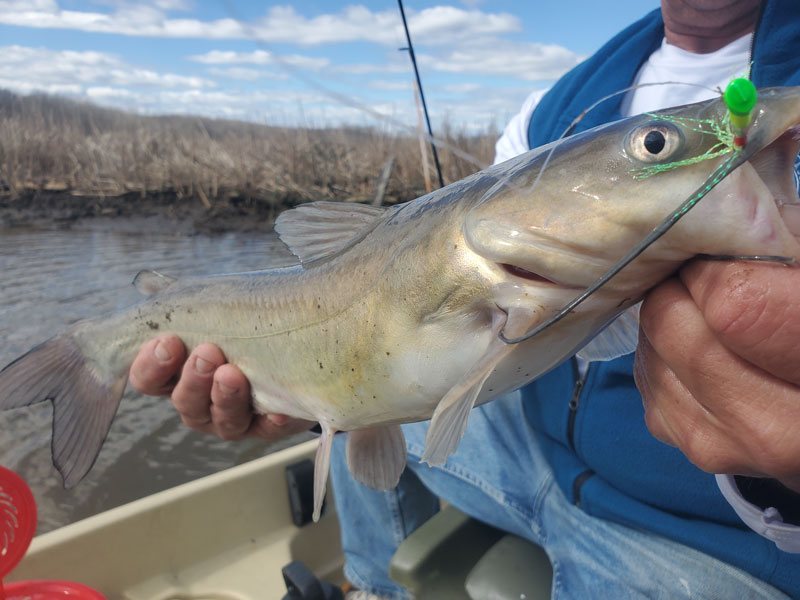
Channel cats are a surprising species. Yes, they’re catfish, but they’ll smash lures and give you an energetic fight. They’ll be encountered throughout the upper Bay and in most Chesapeake tributaries, and up some of the rivers are the dominant fish species.
Articles on How to Catch Channel Catfish
- Catfish Fishing for Beginners
- Tidal Tigers: Channel Catfish on the Chesapeake and its Tributaries
- Hot Action on Cool Catfish
Cobia
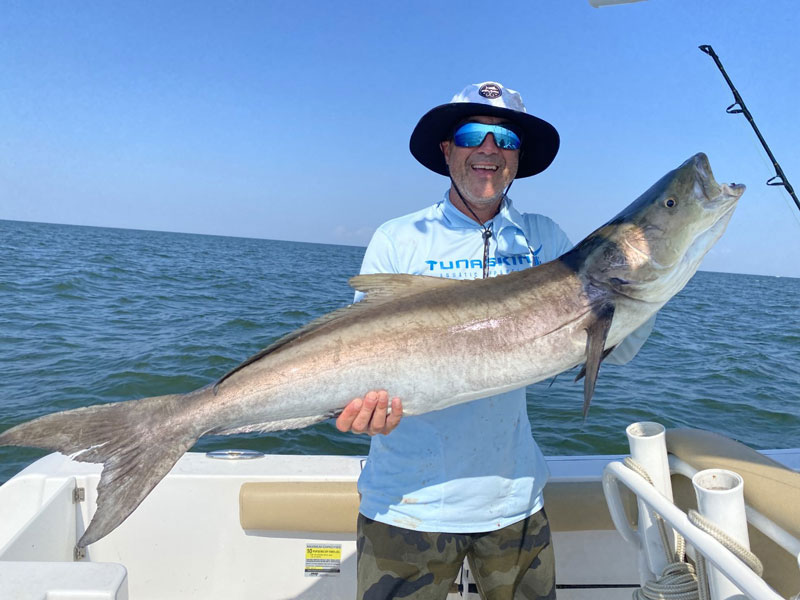
Cobia represent the holy grail for many Bay anglers—these fish can push 100 pounds, fight with obscene vigor, and are the closest thing to an oceanic pelagic that the Chesapeake has to offer. They are a prime summer target species in the lower Bay, usually make a showing in the middle Bay up to the Patuxent River, and sometimes get caught a bit farther north.
Articles and Videos on How to Catch Cobia in Chesapeake Bay
- Fishing for Beginners: Cobia Fishing
- Maryland Cobia: An Uncommon Tussle
- The Cobia are Coming!
- Chumming for Cobia
- Trolling Tubes for Cobia
Crappie
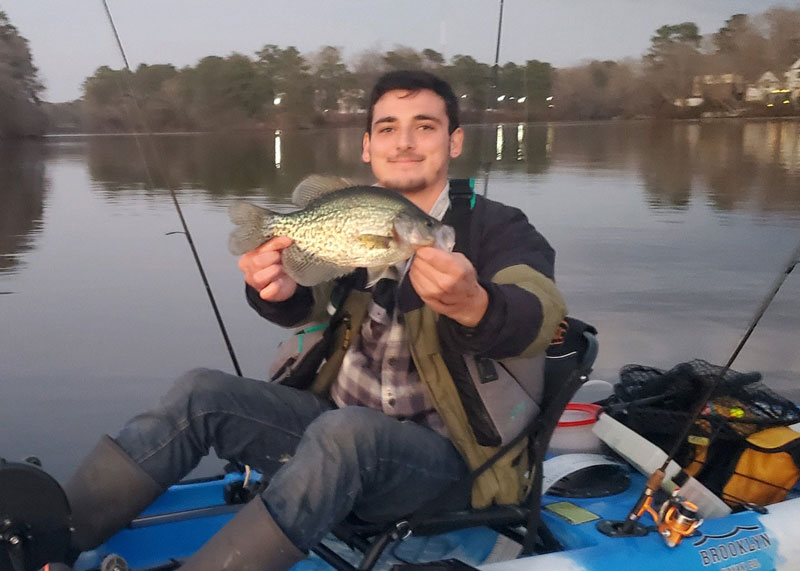
Crappie are best known as freshwater gamefish, but in all of the Bay tributaries when you get into areas with fairly low salinity they’ll start popping up. They're easily recognizable by their rounded body covered in specks, and in some of the rivers they offer spectacular action. You’ll find plenty of articles from FishTalk targeting the freshwater variety, but if tidal water crappie are on your mind check these out.
Articles and Videos on How to Fish for Crappie
- Slab Crappie Savvy
- Crappie Fishing Spider Rigs: Creepy Crawlie Catching
- Fly Fishing for Winter Crappie
Croaker
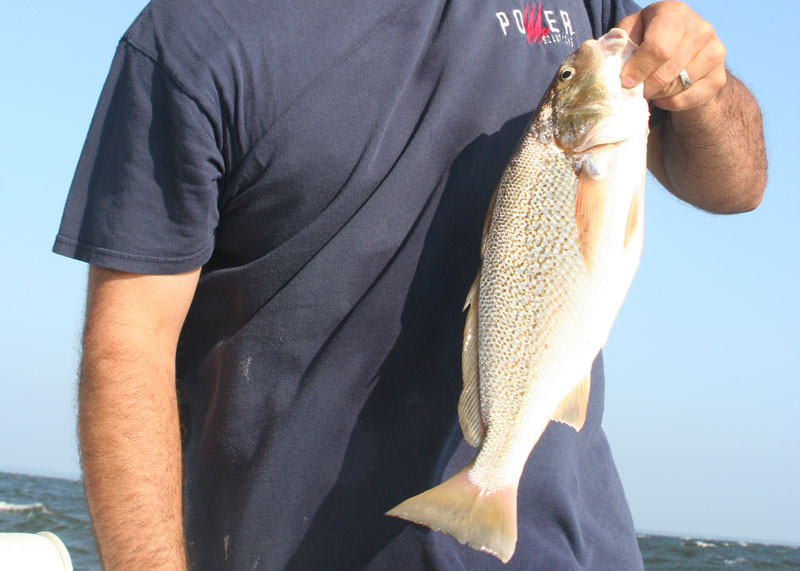
Croaker used to be a mainstay for bottom fishermen, though in recent years the numbers of keeper sized croaker in the Bay has been on the thin side. Still, many anglers love to target them since they offer fast action, a great fight, and awesome fillets. You’ll find them throughout the Chesapeake, though how far north they go varies by the season and some years they don’t make it far above the Bay Bridge.
Articles on How to Catch Croaker in Chesapeake Bay
Cutlassfish aka Ribbonfish
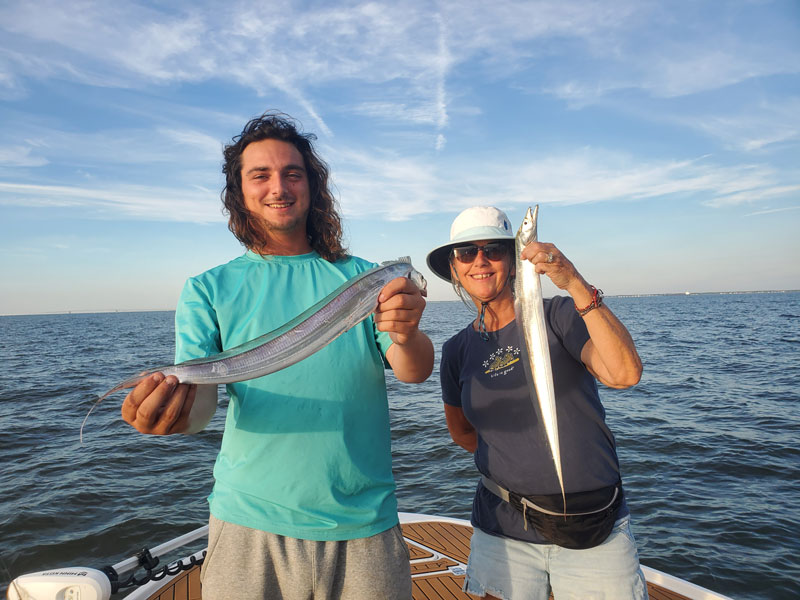
Cutlassfish (also commonly called ribbonfish, hairtails, and beltfish) are rather zany looking things, with long, slender, eel-like bodies and a mouth full of razor-sharp teeth. They’re usually present near the mouth of the Bay and in recent years have popped up in good numbers all the way up into the middle Bay. Don’t sell these fish short just because of the way they look, because they offer a unique fight and an awesome meal.
Articles and Videos on How to Catch Cutlassfish in Chesapeake Bay
Flounder
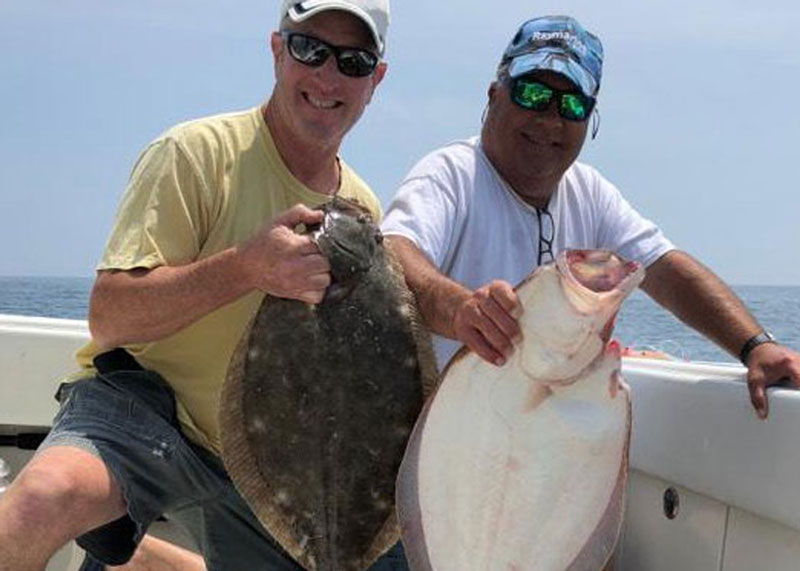
Another fish species that varies between hard-to-find and prolific from one season to the next is the flounder. While they’ve ranged to north of the Bay Bridge in the past, most seasons the flounder fishing is best in lower portions of the Bay and only sublegal fish are in good numbers north of the Maryland-Virginia line. Every now and again, however, the middle Bay sees a good run of this highly valued species.
Articles on How to Catch Flounder in Chesapeake Bay
- Flounder Fishing for Beginners
- Flat Out Fantastic Flounder Fishing
- How to Catch BIG Flounder: Doormat Delivery
- Old School Flounder Fishing
- Hampton Halibut: Flounder in the Shallows
- Chesapeake Doormats: Catching Flounder in the Bay
Kingfish
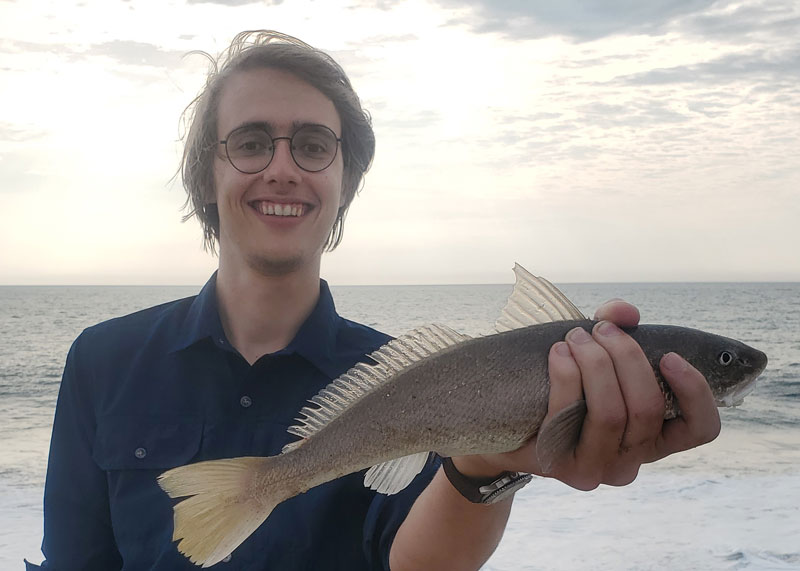
A prime panfish target when surf fishing is the kingfish, also called sea mullet or roundhead, however, these tasty critters often come into the Bay during the summer months. Most will be caught in Virginia’s waters, but every so often they make their way a bit farther north and show up in good numbers in the Tangier Sound or the lower Potomac. While they aren’t usually a targeted species inside the Bay, kingfish are a great bonus catch you’ll most likely encounter when bottom fishing for fish like croaker and spot.
Articles on How to Catch Kingfish in Chesapeake Bay
Largemouth Bass
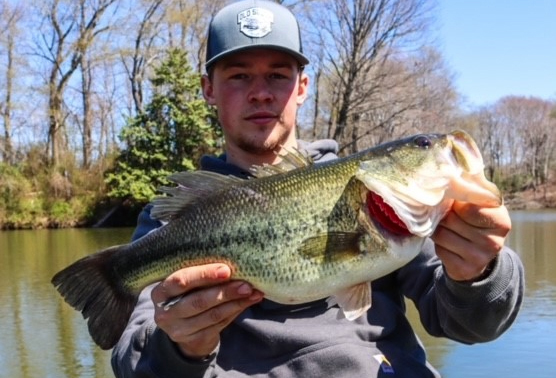
Though they’re freshwater fish — and in fact the nation’s most popular freshwater sportfish — largemouth bass are found in the fresher areas of all the Chesapeake tributaries. No Chesapeake Bay sportfish directory would be complete without them, as many anglers head up the Bay's tributaries in search of bass. Most people release the largemouth they catch and treaure them for their rugged fighting abilities.
Articles on How to Catch Largemouth Bass in Chesapeake Bay
- Fishing for Beginners: How to Fish for Largemouth Bass
- Bass Fishing with Wacky Worms for Beginners
- How to Go Fly Fishing for Bass
- 5 Steps to Ned Rig Success
- Fluke Lures for Bass Fishing
- Blade Baits for Winter Bass
Pickerel
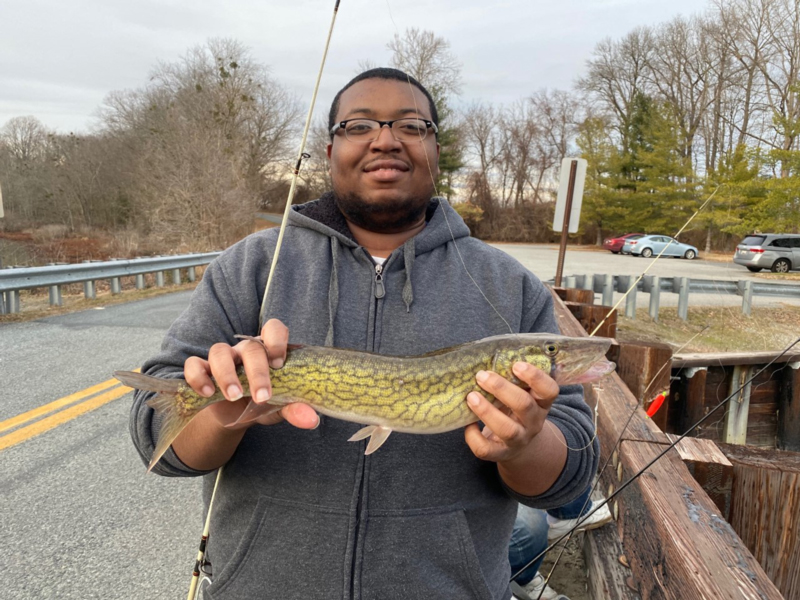
Pickerel are often thought of as a freshwater fish but they’re native to the Chesapeake’s tributaries and are found in many areas with relatively low salinity. Most are chain pickerel like the one pictured above, but there are also redfin pickerel in some areas. Since these fish are active in cold water they’re a prime target for wintertime angling. Remember: these fish have some serious teeth, so keep your fingers away from their jaws.
Articles and Videos on How to Catch Pickerel in Chesapeake Bay
- Fishing for Pickerel for Beginners
- Inline Spinners for Pickerel Fishing
- Slow Trolling Late Winter and Early Spring Pickerel
- Winter Pickerel Fishing Tactics that Work
- Fishing for Pickerel with Artificial Lures
Red Drum
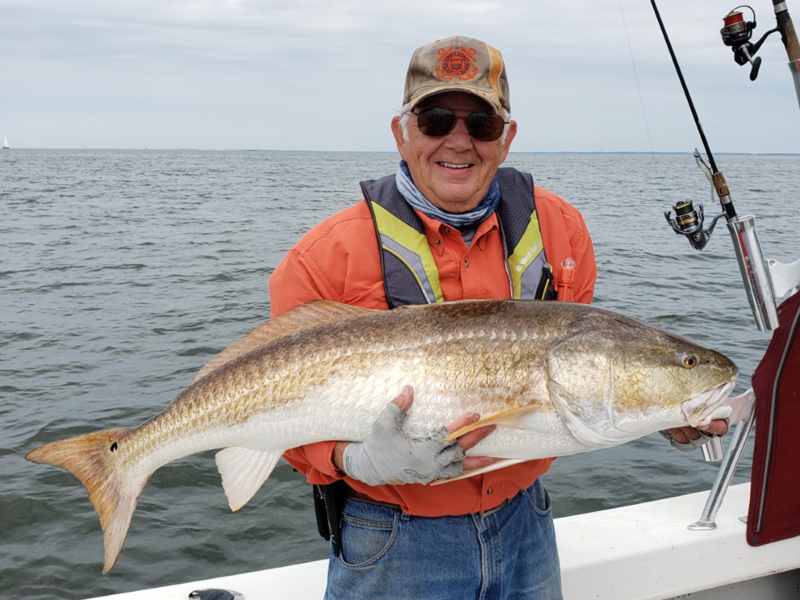
Whether it’s giant bull redfish over 40 inches or “slot fish” that you can keep, red drum are one of the most popular sportfish to pursue on the Chesapeake from late spring through early fall. And at times, we have some of the most intense redfish action on the face of the planet when huge schools of those massive fish move through. It happens season after season through the southern Bay and most years ranges up into the middle Bay in the area of the mouths of the Choptank or Patuxent rivers.
Articles on How to Catch Chesapeake Bay Red Drum
- Fishing for Red Drum for Beginners
- Spring Red Drum in the Lower Bay
- Fishing for Red Drum: Puppy Love
- How to Catch More Red Drum: Three Tips
- Chesapeake Bay Bull Redfish
- Hunting Bull Reds with Artificials
- Redfish in the Shallows: Eyes Wide Open
- Late Summer Redfish
- Rudee Inlet Redfish
- How to Catch Chesapeake Redfish in Cold Weather
- How to Catch Slot Redfish for Beginners
Shad
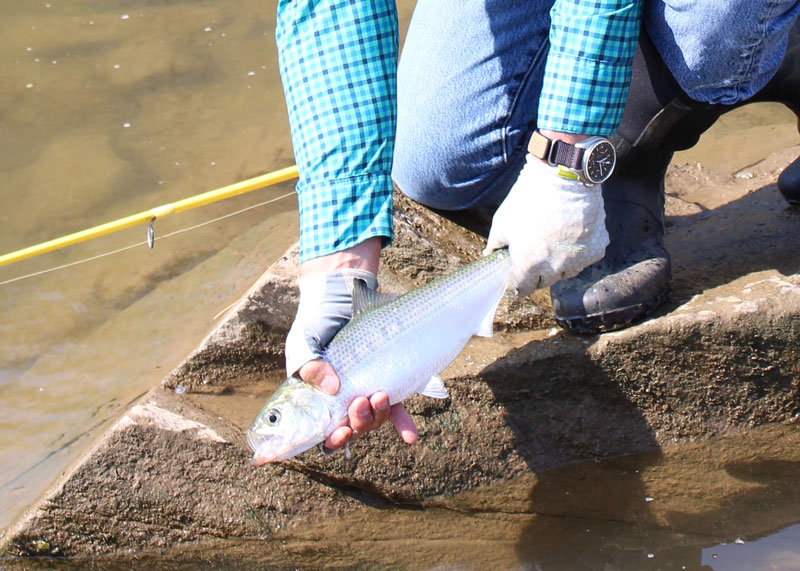
There are several species of shad in the Bay but the main ones of interest to anglers are hickory shad and American shad. In some areas these fish are protected but thanks to a vigorous fighting ability they remain a fan favorite for catch-and-release fishing during the spring run. Note that certain rivers may have strong shad runs, while many others have very weak runs or none at all.
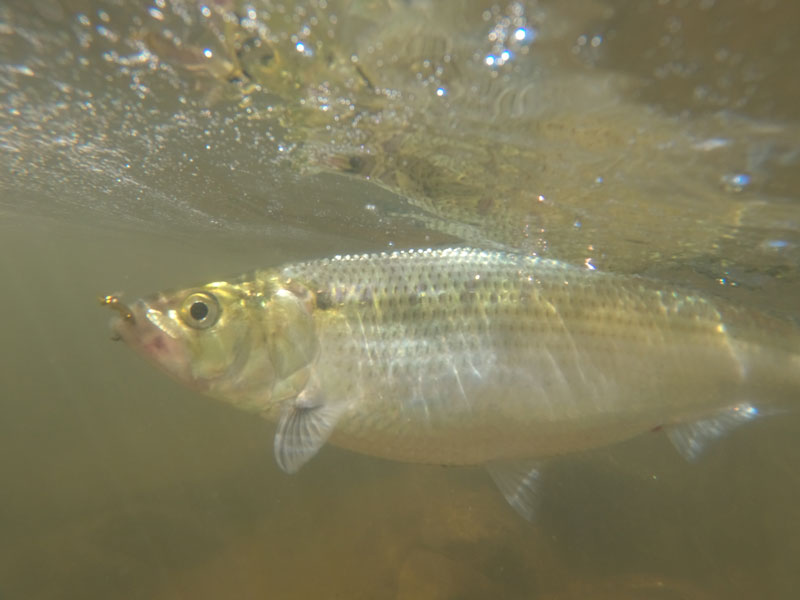
Articles and Videos on How to Catch Shad in Chesapeake Bay
Sharks (Multiple Species)
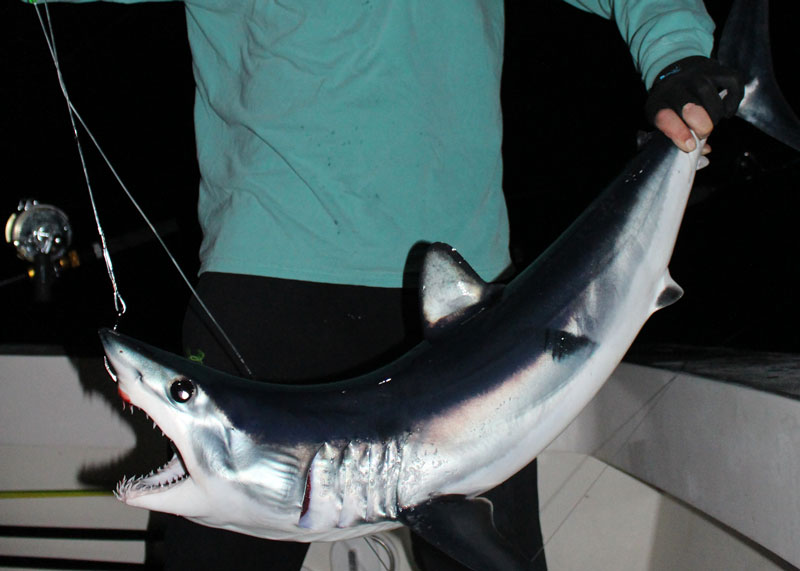
Many species of sharks may be found wandering the saltier portions of the Chesapeake. If you want to target them as a rule of thumb the farther south you go the more you’ll catch, with your very best prospects at the mouth of the Bay. Shark fishing is also quite popular in the nearby waters of the Atlantic. None of the species found in the Chesapeake are good to eat, but especially for kids, nothing beats the thrill of reeling up a shark!
Articles on How to Fish for Sharks
Sheepshead
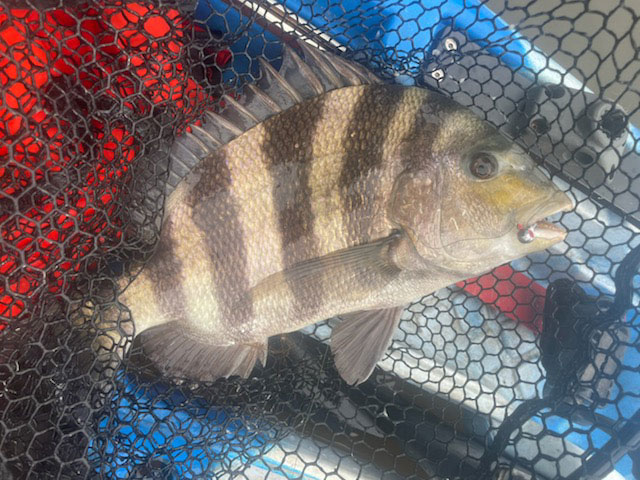
Sheepshead generally like high salinity, so the best fishing for them will be found in the Lower Bay, only, and often right where the Bay meets the ocean at the CBBT. They eat shellfish and have a mouth full of molars for grinding up mussels, barnacles, and small crabs. As a result of sticking near their favorite foods these fish like hard structure like wrecks and reefs. Catching them requires very specific tactics and tackle, so few get caught accidentally. Most people trying to target this species use stout rods rigged up with bottom sweeper jigs and crab baits.
Articles on How to Catch Sheepshead in Chesapeake Bay
Snakehead
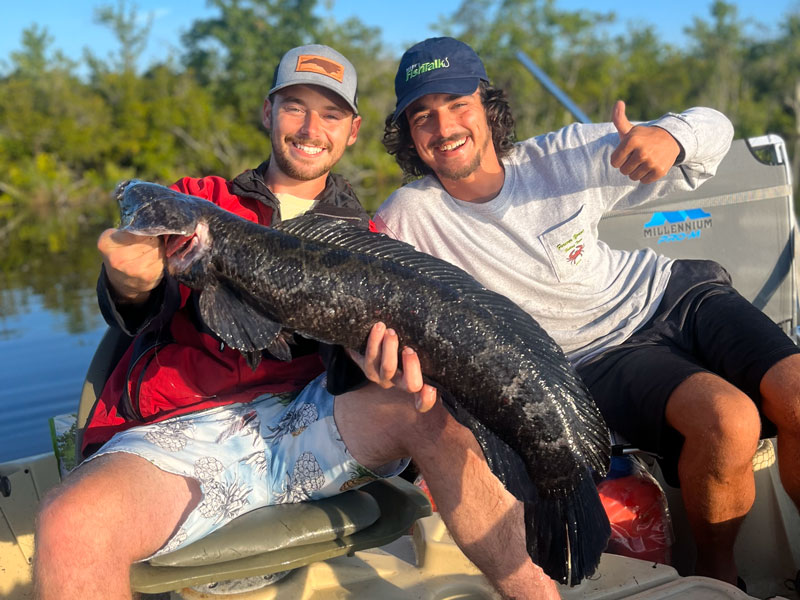
An invasive freshwater species, the snakehead spread throughout the Chesapeake’s tributaries over the past couple of decades and is now found in just about all of them. They have a tolerance for low levels of salinity and while they do pop up in brackish areas of the main-stem Bay on occasion, most are caught up inside the tribs. They have turned out to be a great gamefish that out-ranks most competitors in terms of eating quality, so their popularity has exploded almost as quickly as their population.
Articles and Videos on How to Catch Snakeheads in Chesapeake Bay
- Fishing for Snakeheads for Beginners
- Bowfishing for Snakeheads for Beginners
- How to Catch Snakeheads on Topwater Lures
- Space Invaders: The Snakeheads are Coming!
- Snakehead Fishing in the Blackwater
- Spinning for Snakeheads
- Get Mousy for Snakeheads
- Destination Snakehead: Fishing for Snakeheads in Maryland
- Spring Snakeheads
- Flying Dragons: Fly Fishing for Snakeheads
- Chatterbaits for Snakeheads
- Slime Factor: Tackling Snakeheads in your Kayak
Spanish Mackerel
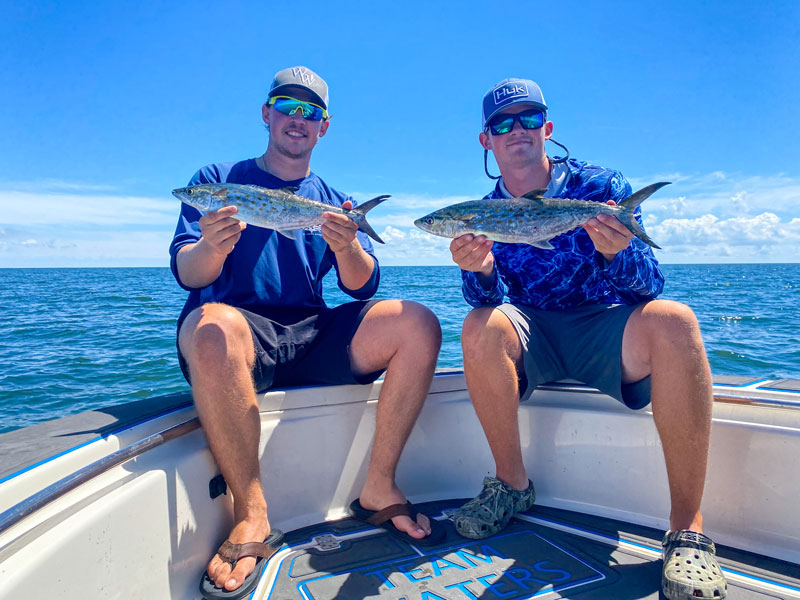
These summer visitors can range up to the Bay Bridge, though some years few make it north of the Maryland line. They like high salinity and warm temperatures so there can be quite a bit of variation in how good the Bay fishery is for them from one year to the next.
Articles and Videos on How to Catch Spanish Mackerel in Chesapeake Bay
- Fishing for Spanish Mackerel for Beginners
- Spanish Mackerel Refresher
- Spanish Mackerel Fishing on Light Tackle
- Monster Spanish Mackerel
- Searching for Spanish Mackerel in the Lower Bay
- 10 Tips for Catching More Spanish Mackerel
- Finding the Ideal Spanish Mackerel Trolling Speed
- How to Target Spanish Mackerel
Speckled Sea Trout
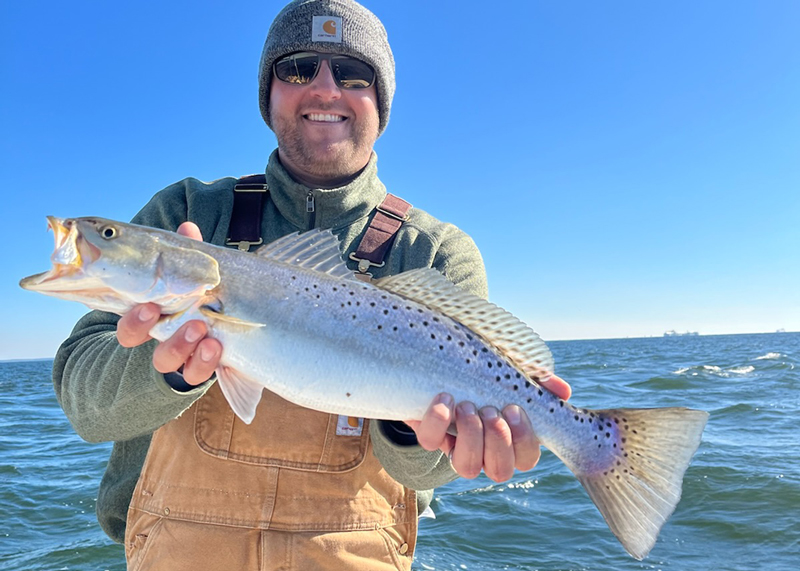
Another very popular target in the Bay’s saltier areas is the speckled trout (also called specks). Most seasons they range as far north as the Choptank and some years up into Eastern Bay. They’re summer visitors in Maryland waters and most of the northern Virginia tributaries, but during mild winters, can sometimes be caught year-round in the southernmost portions of the Bay. Many anglers love targeting them with light tackle, especially since these fish dwell mostly in relatively shallow waters where you don’t need to use lots of weight to be successful.
Articles and Videos on How to Catch Speckled Sea Trout in Chesapeake Bay
- Fishing for Speckled Trout for Beginners
- How to Catch Autumn Speckled Sea Trout
- How to Catch Speckled Trout in the Shallows
- Five Ways to Catch Speckled Trout
- Fall Specks in the Shallows
- Spring Speckled Sea Trout on the Chesapeake Bay
- Kayak Fishing for West Side Speckled Trout
- How to Catch Speckled Trout with the Herky-Jerky
- Sea Trout in the Chill
Spot
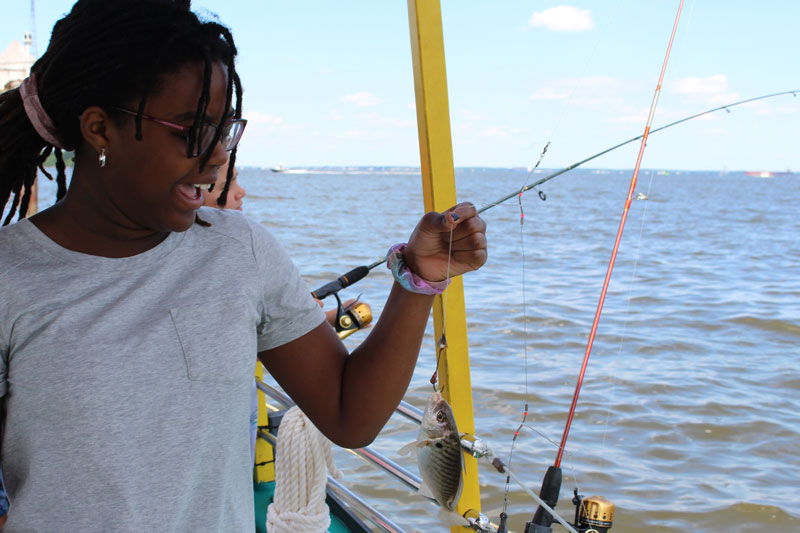
Spot, also called “Norfolk spot,” are some of the most prolific fish in the Bay. They can be found throughout its brackish waters during the warmer months of the year and often in huge numbers. Small spot are often caught for bait — many anglers consider them to be rockfish candy and just about every predator in the Bay enjoys eating spot — and bigger ones are great to keep and eat.
Articles on How to Catch Spot in Chesapeake Bay
Striped Bass aka Rockfish
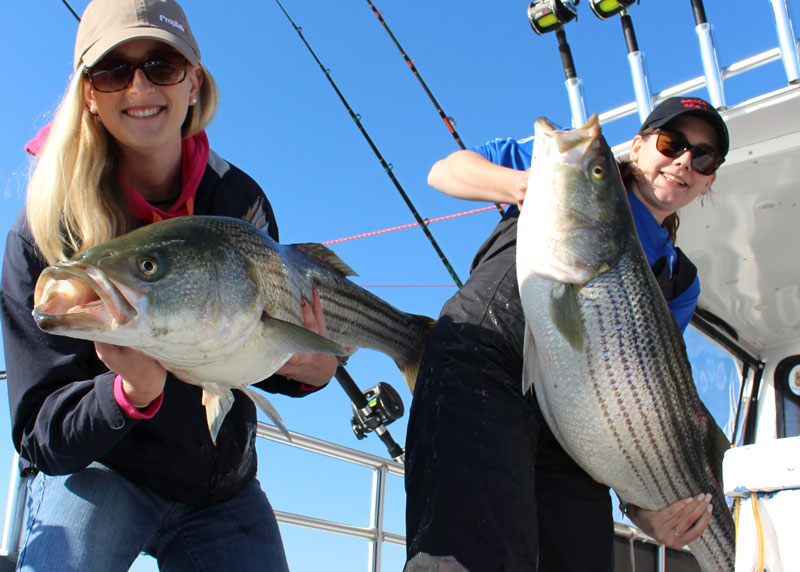
Not only is the striped bass considered the number-one sportfish in many areas of the Bay, it’s the most popular sportfish on the Mid-Atlantic seaboard. Rockfish are present in the Bay and its tributaries from top to bottom, and this fish is prized for both its fighting abilities and its excellent taste. Yes, we talk about rockfish a LOT around here, so be prepared for a long list below.
Articles and Videos on How to Fish for Rockfish in Chesapeake Bay
- Fishing for Striped Bass for Beginners
- Fishing for Beginners: How to Jig Soft Plastic for Rockfish
- Fishing for Beginners: Finding Rockfish in Chesapeake Tributaries
- Night Fishing for Striped Bass
- Summer Trolling Tactics for Schoolie Striped Bass
- Suspended Spring Stripers: Catching the SOS
- Tributary Light Tackle Trolling
- Snake Oil: Eeling for Winter Rockfish
- Fall Kayak Fishing for Schoolie Stripers
- Trophy Hunter: Catching Trophy Stripers on a Kayak
- Cold Shoulder: Catching Rockfish in Cold Water
- How to Catch Trophy Stripers on Light Tackle
- Topwater Stripers on Fly
- Targeting BIG Fall Stripers on the Chesapeake Bay
- Fishing Light Tackle for Stripers in Shallow Water
- Crash Course: Light Tackle Trolling for Trophy Stripers
- Fishing for Trophy Rockfish in Warm Water Discharges
- Spring Trophy Rockfish Trolling Tips
- Late Fall Trolling for Chesapeake Bay Rockfish
Sunfish
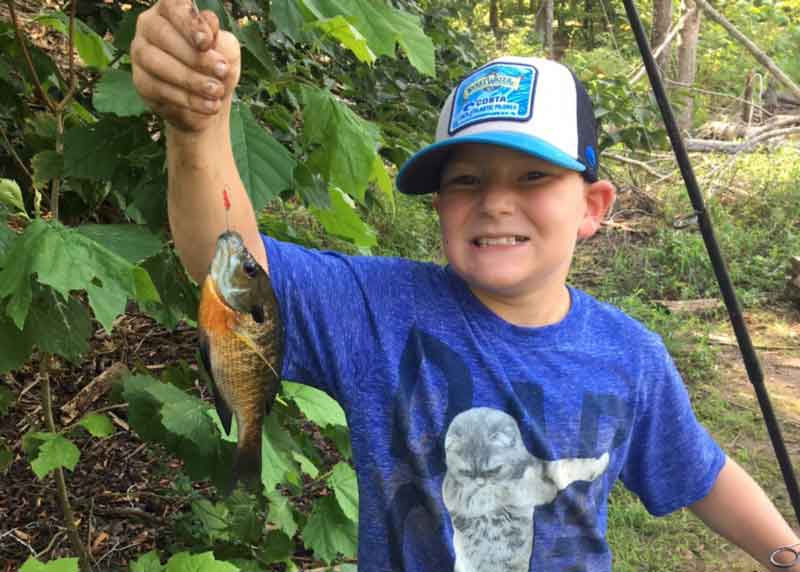
Although sunfish (including several different species like bluegills and pumpkinseed) are a freshwater species they’re found throughout the fresher areas of the tributaries. And one of the species, the pumpkinseed, will be found in creeks and coves with surprisingly high salinity. These are small fish but they’re usually willing to bite, making them a favorite for kids and beginners. Catching this fish species is about as easy as it gets so grab some bobbers and worms and enjoy the fast action.
Articles on How to Catch Sunfish in Chesapeake Bay
Tautog
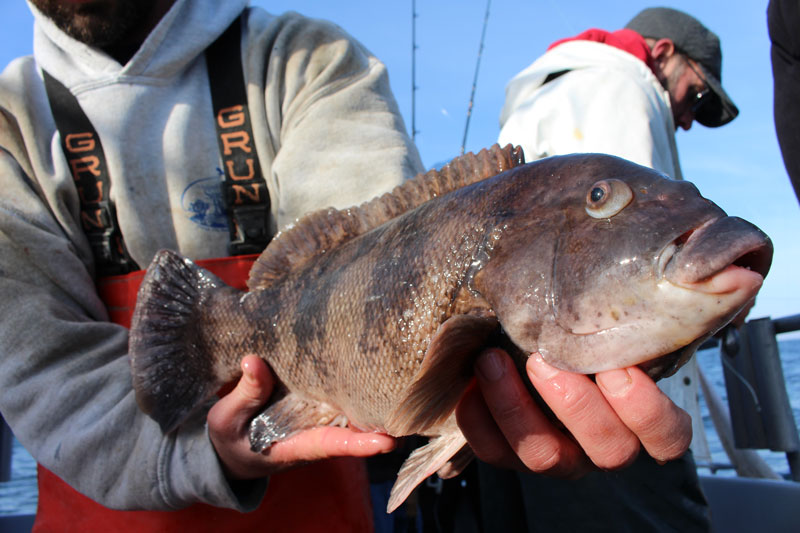
Tautog, which are often called “blackfish” up north, are found only in the southern areas of the Bay (and the best fishing for them is generally out in the ocean). These fish are a good cold weather option since they bite until water temperatures drop into the low 40s, however, they can be extremely frustrating and difficult to catch. That said, they also fight like bulldogs and taste great on the plate.
Articles on How to Catch Tautog in Chesapeake Bay
- Rigging for Tautog: Precision Matters
- Tautog on the Rocks
- Tautog Fishing: These Fish Like it Cold
- Fishing the Snafu Rig for Tautog
- Tautog Fishing Tactic: The Anti-Bounce
- 10 Tips to Catch More Tautog
Weakfish
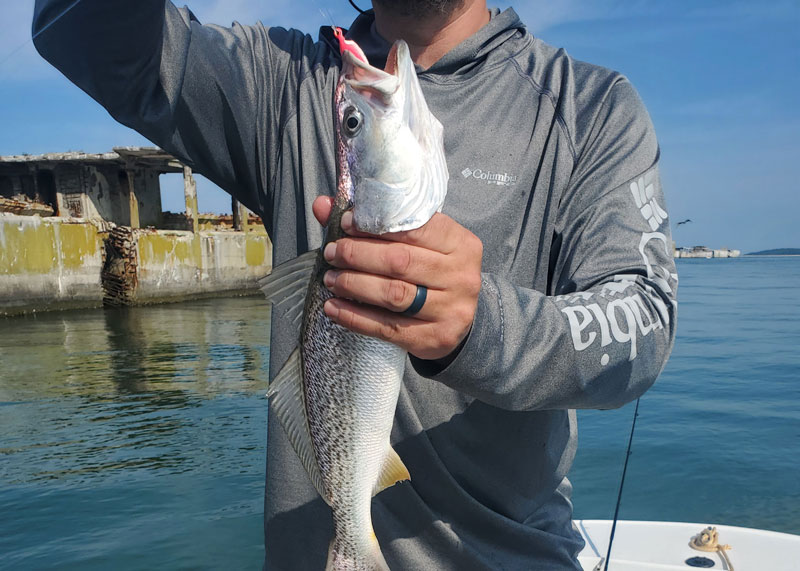
Weakfish, which are also called gray trout, yellowfin trout, or weakies, have been present in the Bay from the southernmost reaches up to the Bay Bridge through the years. However, in recent times their numbers have been low and north of the Virginia line few anglers have had luck with them. Don’t lose hope, however, because this Chesapeake Bay fish species is known to be cyclical. Decades go by with weakfish few and far between, then one year they suddenly reappear — and for the next five or six years the fishing for them gets better and better until the cycle repeats itself.
Articles on How to Catch Weakfish in Chesapeake Bay
White Perch
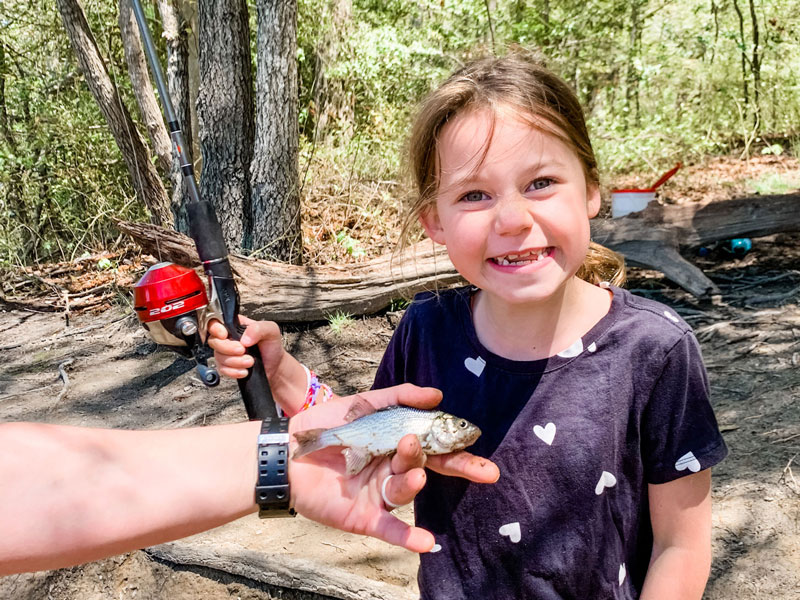
White perch live in all of the tributaries and the main-stem Bay as well, and are one of the most common fish in the Bay. They don’t get very big but they bite most days, fight hard, and are quite tasty, so they’re a very popular target. They also are willing to feed year-round, so you can catch them just about any time of the year if you know where to look for them;. They do move in and out of the tributaries with the changing of the seasons and when they make their spring run can offer nonstop fishing action.
Articles and Videos on How to Catch White Perch in Chesapeake Bay
- White Perch Fishing for Beginners
- Tidal Pond White Perch
- Spring Kayak Fishing for White Perch
- Early Spring White Perch
- Catch More White Perch by Taking a Spin
- Pounding for White Perch
Yellow Perch
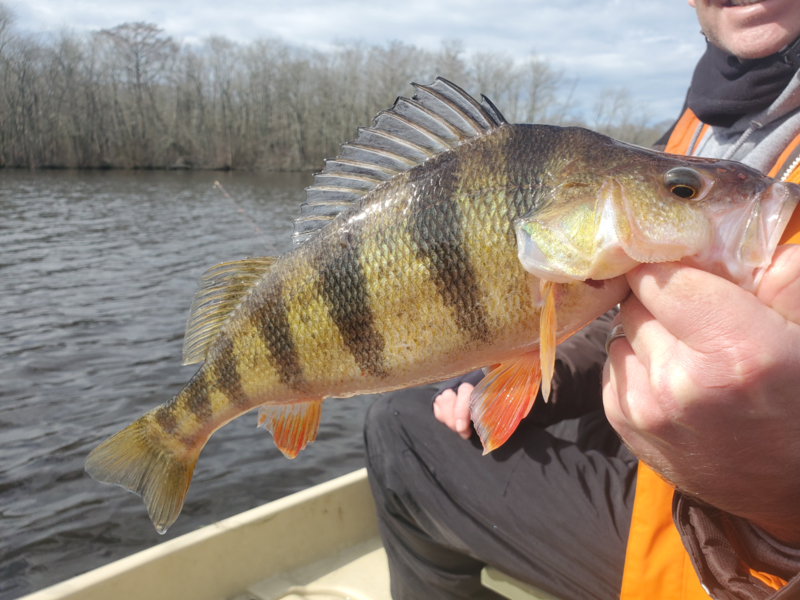
The spring run of yellow perch (which comes just before the white perch run) marks the beginning of the fishing season for countless anglers ranging from the headwaters of the Bay clear down to the southern Virginia tributaries. But they bite even before then, right through the winter, making yellow perch a prime off-season target. Though these fish are caught in the open Bay on occasion, they mostly meander through the tributaries and creeks through most of the season. When you find them they’re usually willing to bite, and these “ring perch,” as some call them, taste fabulous.
Articles and Videos on How to Catch Yellow Perch in Chesapeake Bay
- Maryland Yellow Perchapalooza
- Spinners for Winter Yellow Perch
- Going Numb for Yellow Perch
- Catching Yellow Perch on Lures
- Winter Yellow Perch Fishing at Tidal Creeks
- Three Top Spring Perch Run Hotspots
Wow, people — that’s a lot of different fish species! Like we said right up front, there’s a huge amount of diversity when it comes to Chesapeake Bay fish, and while this fish species sportfish directory is quite comprehensive, there are other oceanic invaders that make their way into Chesapeake waters from time to time. On rare occasions you may reel in a king mackerel, a pompano, and we've even heard of a grouper or two being caught in the Bay. We’ve seen ladyfish and smooth puffers pop up. The famed tarpon is known to have been caught in the Chesapeake on very rare occasions. The bottom line is that you simply never know just what will be on the end of your line when you go fishing in Chesapeake Bay. But hopefully, this Chesapeake Bay Fish Guide will help make sure that you do feel a tug on that line from something or other.
Editor's note: this article was originally published in December of 2023 and was last updated in April of 2025.